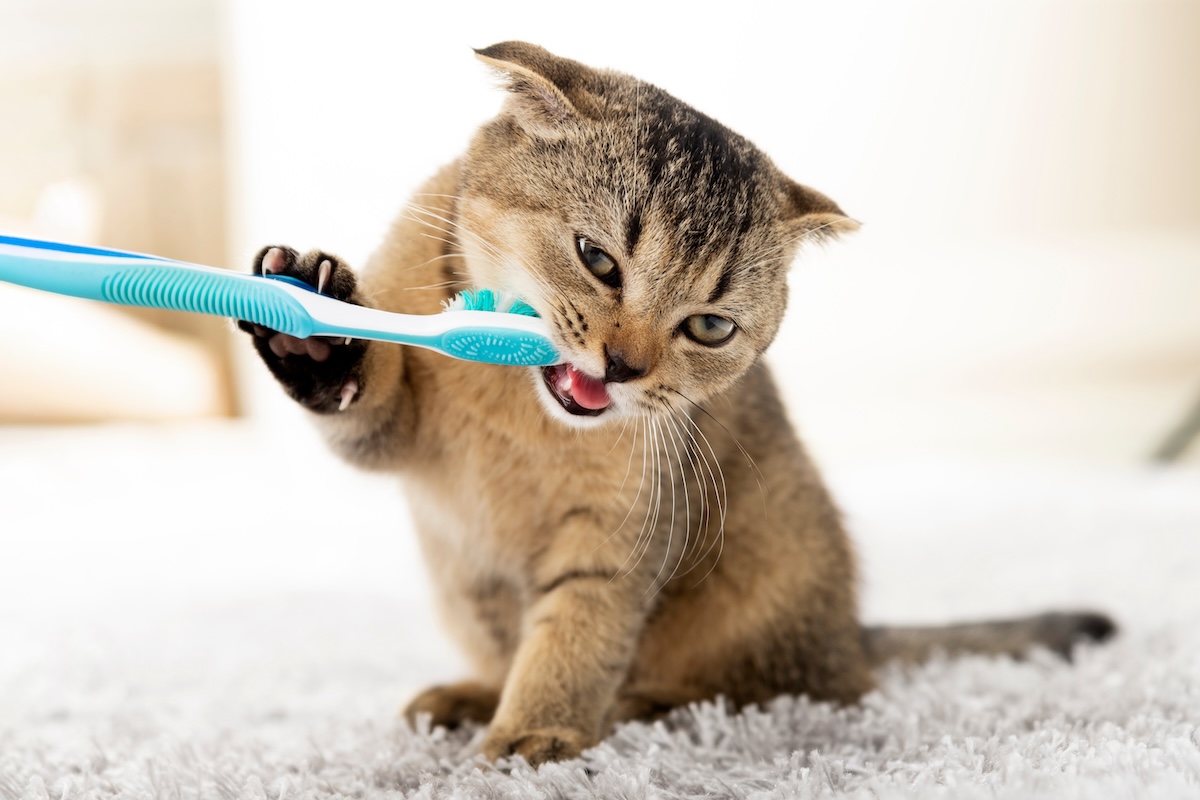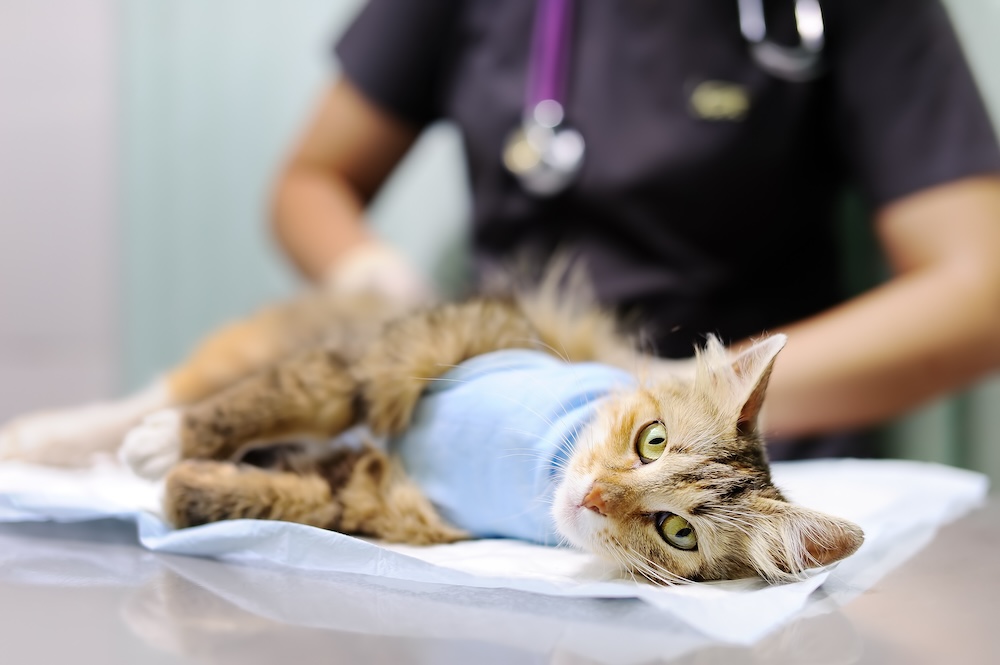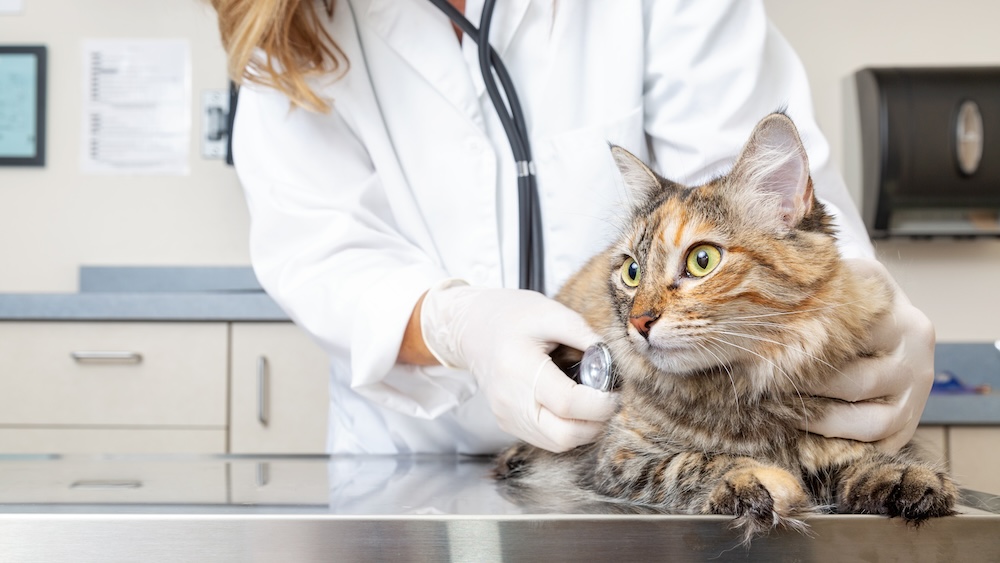Surgery for Dogs: Everything You Need to Know

The thought of your beloved dog undergoing surgery can be a daunting experience. Whether it’s a routine procedure or a complex operation, being well-informed about what to expect from surgery for dogs can help alleviate some of the anxiety and ensure that you’re prepared to provide the best care for your canine companion. Today we













